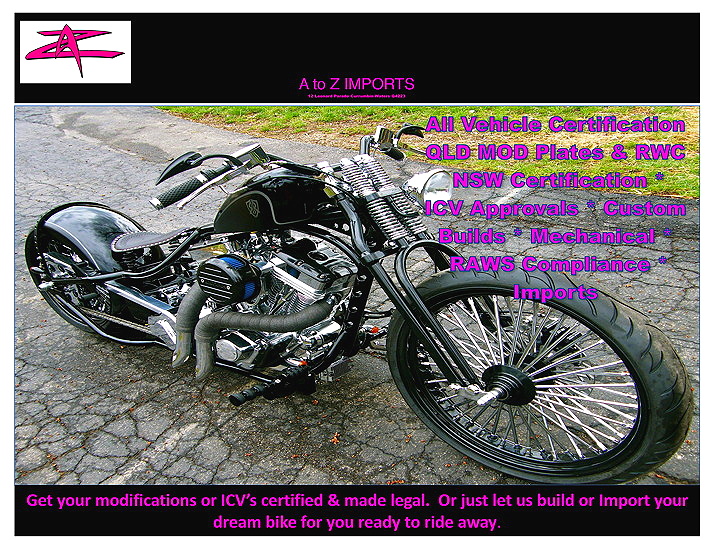
Red Rum Racing
… it’s a ferociously difficult task to build something that consistently goes fast and straight without anything crucial snapping or surrendering.
RED RUM was one of the UK’s best performing and best loved horses — sort of a Northern Hemisphere Phar Lap. He was one of those big hearted horses who never knew when he was beaten, and as a result, when it really mattered, he wasn’t beaten very often at all. His main claim to horse racing immortality was an unequalled string of successes in the gruelling Grand National: in a five year spell, Red Rum was the winner three times and the runner-up twice.
The SA Red Rum can’t claim that kind of success just yet, but in the hard and ultra competitive world of sand drags, you can be sure there’ll be some sweet victories recorded by the time this article is published. (No pressure, Rob!)



Rob’s always had an interest in sand drags, having built up a Triumph with a paddle years ago and raced it at the Bad Penny Sand Drags. One of the other partners in that particular venture decided to put it back on the road and sell it, but the Westdale Sand Drags over in WA reignited Rob’s interest.
It’s a long and boring two-day trip to Westdale from Adelaide, a real Zombie drive, especially across that 90 mile straight stretch in a HiAce van.
The bike performed well in the heats, at least until Rob started shattering chains and whatnot because there was too much horsepower.
“It was somewhere over 100 but I hadn’t had the dyno on it at that time,” said Rob.
Like many other sand draggers, Red Rum started off as an assortment of leftovers
“Bear from Ink Wizards, the SA Tattoo Club, Steve from Chromemasters, and the BLF Social Club, are the major sponsors. They’re the only reason the thing got going. I just happened to have all the bits lying around; they threw some funds at it and got it going.


“There’s an aftermarket frame, an 80 cube Evolution engine, 600 lift cam, 13:1 compression, Ferrera nitro valves, 42 Mikuni carby, Crane ignition. I set a two-into-one homemade exhaust on it and the paddle’s actually off a quad. I got that from GBC Motorsports in the USA and it cost me more in freight to get it here than the tyre was worth. But it’s $1100 for a normal paddle, delivered, ‘cos they use a Mickey Thompson slick and vulcanise all the paddles on.
“It’s got an old ratchet lid, four-speed gearbox. The swingarm was engineered and built by Buzzy from the BLF, and the suspension is just my idea of taking the harshness out of everything and making it more rideable; it’s been effective so far. Hood Engineering did all the machine work and head work.”
With all the stresses and tensions that instantaneously hit a sand dragger once the lights turn green, it’s a ferociously difficult task to build something that consistently goes fast and straight without anything crucial snapping or surrendering. Within the sport, there’s still a lot of experimentation and innovation going on, and inspiration can come from anywhere.
“The main difficulty I had building it was the offset chain drive; that was about the only major thing. There was a Ducati I saw in a magazine that had a 300 tyre and that’s what they’d done to get the chain drive to it without upsetting the line of the engine sitting in the front — you put a countershaft in there and put the chain over. Otherwise, trying to offset the motor and trans to one side, all the weights would be out.”
Happily, this seems to work as planned and the bike will generally take off dead straight unless there’s a hard spot or something else that causes it to dig in — always a possibility with sand drags and one of the unpredictable little injustices that frustrate and infuriate riders but add to the overall excitement for the spectators.
Just as success in sand drags demands, this is a bike that kicks off, and Rob has settled on a straightforward riding technique to make the most of it: “Flat out from the beginning. Don’t be scared of it — just get in there and have a go!”


Words & pics by Chris Randells.

